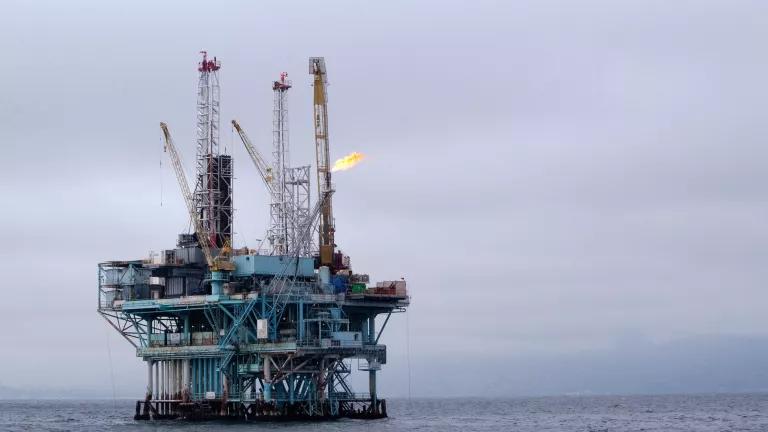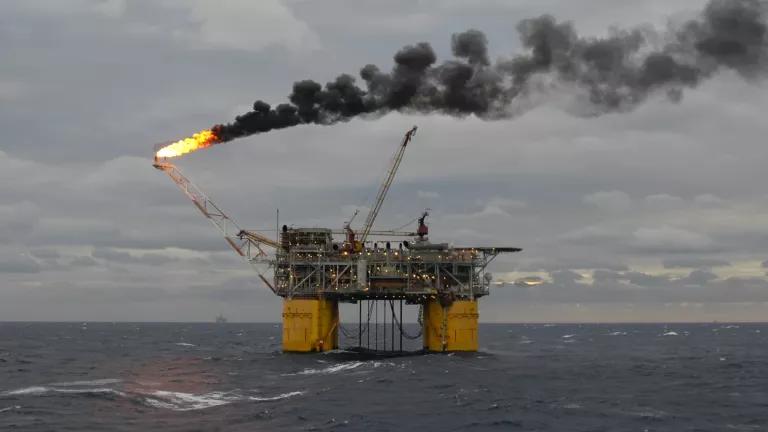The Case Against New Offshore Oil and Gas Leasing
The best way to meet our national energy needs is by fully implementing policies already developed—and switching to sources of clean, renewable, justly sourced energy.

Today is the last day the public can weigh in on Interior’s plans for leasing our ocean areas for oil and gas development over the next five years. More than three-quarters of a million people, including nearly 100,000 NRDC members and activists, have urged the administration not to offer new offshore oil and gas lease sales, and NRDC has also submitted technical comments making robust legal and factual arguments on why it’s crucial for Interior to finalize a leasing program with no new leases (see my colleague Irene Gutierrez’s blog here for more).
The Secretary of the Interior is legally required to propose a leasing program that they determine best meets our national energy needs, and we explain that the nation’s energy needs can be met without any lease sales in the next program because:
(1) We have enough energy to meet the nation’s needs without leasing new areas of the Outer Continental Shelf. A no new leasing program would not meaningfully change U.S. oil and gas production and prices, and thereby not disrupt U.S. energy supplies; and
(2) Any impact would be more than offset by significant declines in demand for oil and gas due to increasing deployment of renewable energy, electrification, and energy-saving technologies and policies.
We cite brand new findings from leading analytics firm OnLocation (link to report), who modeled the oil and gas production impacts, and petroleum demand impacts, of offering no lease sales starting in January 2021. OnLocation also modeled a lower oil demand scenario that included recently adopted federal fuel economy standards and state zero emission vehicle (ZEV) policies.
Demand Declines Projected to Outweigh Production Declines
The analysis began with a reference case that assumes leasing continues at business-as-usual levels. It finds that U.S. crude oil production is lower by 1.8%, 2.5%, and 6.7% in 2030, 2035, and 2050 in ‘No new leasing & low oil demand’ scenario, while total U.S. petroleum consumption is lower by 2.4%, 5.5%, and 13% in 2030, 2035, and 2050, respectively, relative to the Reference Case.
The demand declines projected when accounting for these recent federal and state transportation policies are much higher than any production declines that occur without new leasing, and lead to declining imports of foreign oil since there’s no need for it with reduced demand. And there’s still plenty of production happening because of all of the oil reserves in already leased areas: in the Gulf of Mexico, the analysis shows crude oil production stays above 2021 levels until 2031 with no new leasing.
In addition to these projected demand declines, the recently adopted Inflation Reduction Act is anticipated to drive down demand even further: the Princeton REPEAT project projects that by 2030, U.S. consumption of petroleum will decline 13 percent, or 772 million barrels per year, from 2021 levels.
The best way to meet our national energy needs is not through more leasing of our ocean areas for climate change-fueling fossil fuels – it’s by fully implementing policies already developed and switching to sources of clean, renewable, justly sourced energy. The Secretary of the Interior should propose an offshore leasing program with no new leases.




